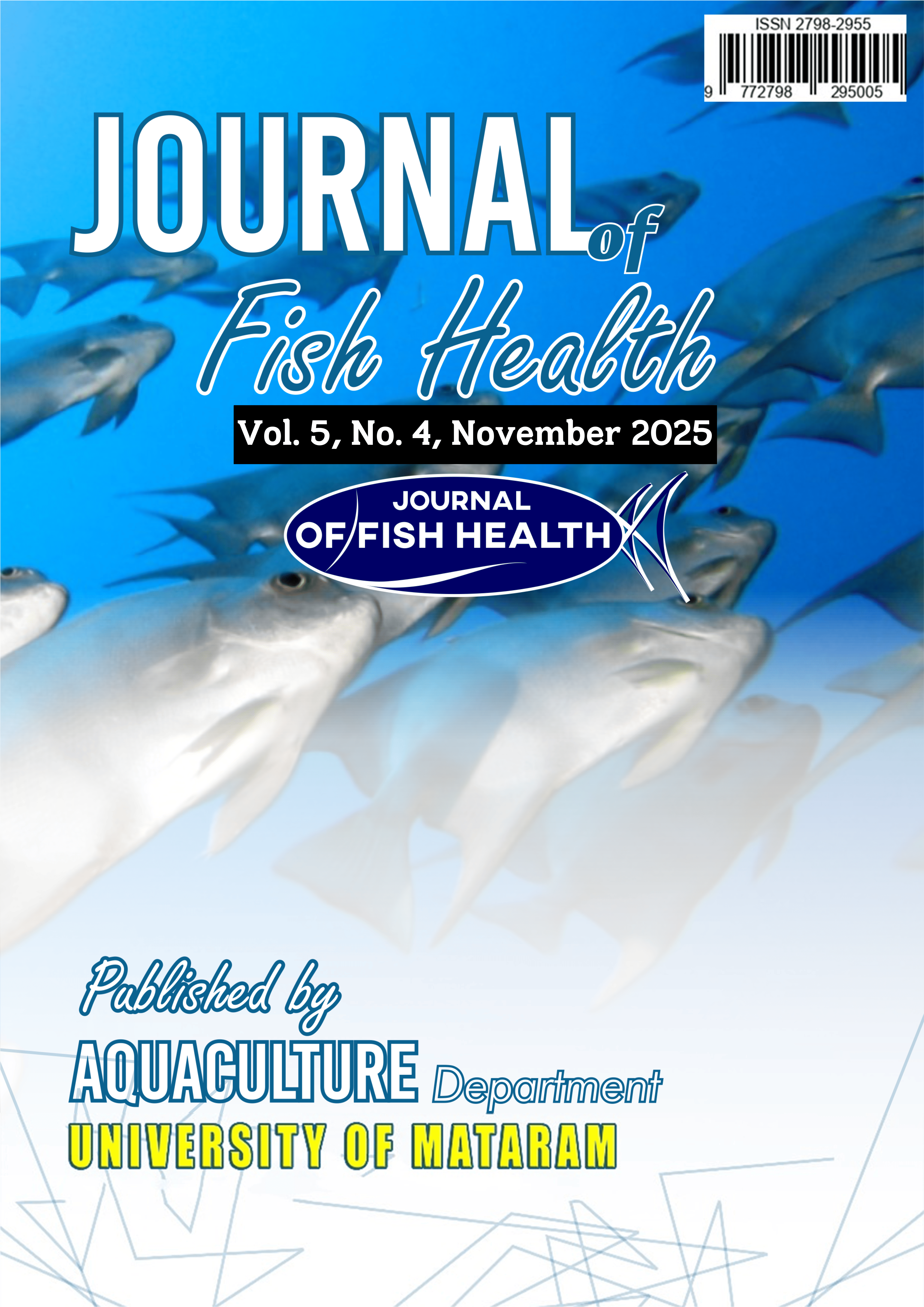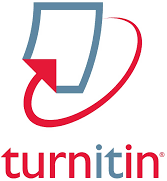Development Strategy to Increase Sales of Frozen Fish Products Produced by CV. Novira Abadi
DOI:
https://doi.org/10.29303/2kbk4y11Keywords:
Development, Frozen Fish Product, SWOT, CV. Novira AbadiAbstract
Indonesia is known as a maritime country with a sea area of 3.25 million km², accounting for about 63% of its total territory. The sustainable potential of Indonesia’s marine fish production is estimated at 6.51 million tons per year, or around 8.2% of the world’s total potential. Banda Aceh is one of the coastal cities with enormous fisheries potential. Its waters are rich in fish resources, offering significant opportunities for the development of the fisheries industry. However, this potential has not been fully optimized. One major problem faced by the fisheries industry in Banda Aceh is the lack of effective marketing strategies, particularly in the frozen fish industry. CV. Novira Abadi, as one of the companies operating in this sector, often experiences unstable sales, resulting in uncontrolled stock accumulation. This condition is aggravated by the absence of an integrated marketing approach. This research aims to analyze the development strategy to improve frozen fish sales at CV. Novira Abadi through a SWOT analysis. A qualitative method was applied using observation and interviews. The SWOT analysis results show that opportunities scored the highest (1.92), followed by strengths (1.87), weaknesses (0.99), and threats (0.83). The company’s position in the SWOT matrix falls into quadrant I, indicating a favorable condition for implementing an aggressive growth strategy. The recommended strategies include developing new products, expanding distribution channels, and leveraging social media for promotion. Additionally, continuous market research and competitor analysis are necessary to strengthen competitiveness and ensure business sustainability for CV. Novira Abadi industry.
Downloads
Published
Issue
Section
License
1. The copyright of this journal belongs to the Editorial Board, based on the author's consent, while the moral rights of the publication belong to the author(s).
2. The formal legal aspect of journal accessibility refers to the same Creative Common Attribution + Noncommercial + ShareAlike (CC BY-NC-SA), implying that publication can be used for non-commercial purposes in its original form.
3. Every publication (printed/electronic) is open access for educational, research and library purposes. In addition to the objectives stated above, the editorial board is not responsible for copyright infringement















